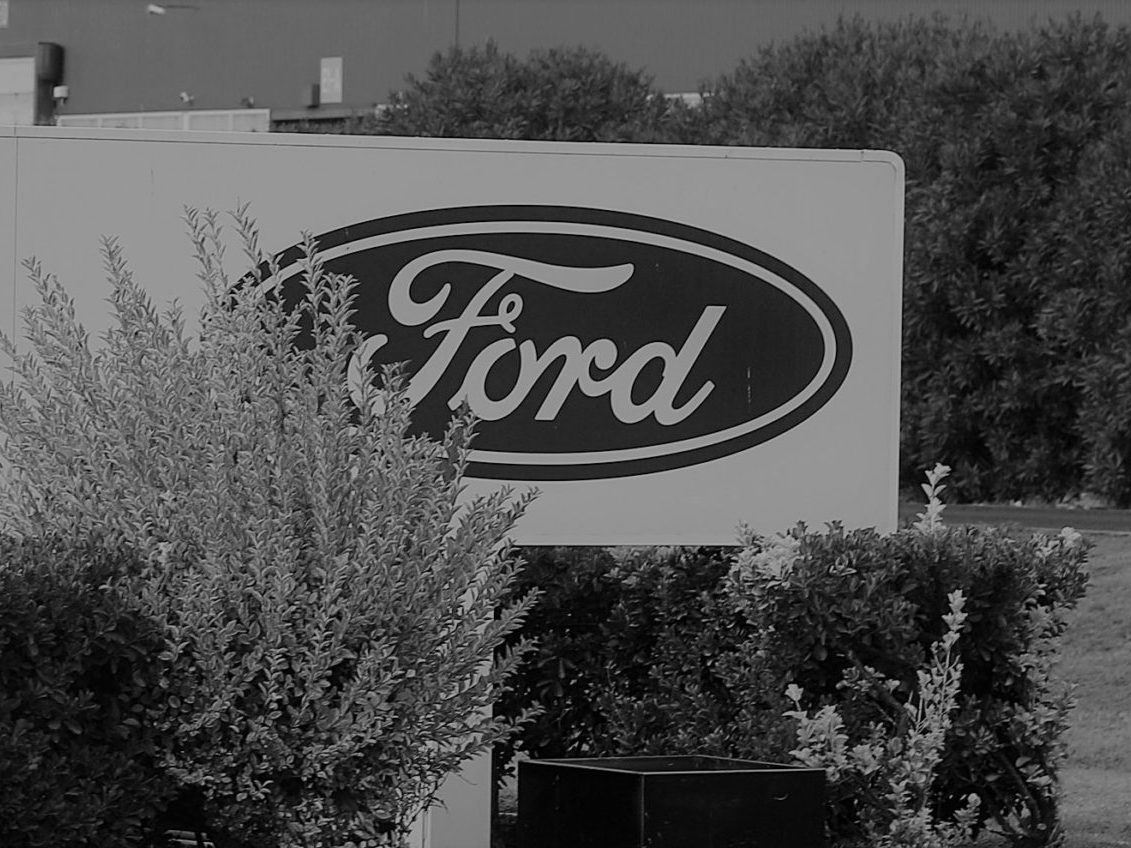10 Facts you may not have known about the XL
The XL Falcon became the second Ford Falcon sold in Australia. It served as an upgrade to the original XK Falcon in which it boasted having over 700 new parts. The XK Falcon had its share of reliability issues. The XL, determined to show that it was a different car, released to the Australian motoring public in August 1962 with its main purpose being to fix the issues that plagued the XK.
Most of the mechanicals were carried over, and so were the problems but not to the same extent, however it still sold reasonably well. It featured the same two engine and transmission options that were available on the XK Falcon. The general consensus was that the look of the Falcon was more modern and prestigious when compared to the Holden which helped it sell, despite its reliability issues.
The Holden, originally introduced to the market and targeted the average Australian family. The main aim of the Holden was to be reliable, easy to fix, cheap to buy and maintain as well as big and powerful enough to carry a whole family while still being relatively fuel efficient. This concept was paved with the 48-215 Holden which was released in 1948, just after world war two. During this period social attitudes were quite frugal as the people had fresh memories of the great depression and world war two. The no frills Holden, a perfect fit for this time as many buyers bought with cash.
The Falcon was released in the 1960’s and by that time, buyers were looking to splash out a little and drive something a little more stylish and ‘different’ from what everyone else was driving (Holden owned close to a 50% market share during the 1950’s). Some were also more willing to buy with borrowed money. The early 1960s were a perfect time to sell the Falcon, it would have done even better if it were more reliable.
The XL Falcon introduced the ‘Futura’ variant which would remain for a long time. The XL also introduced the ‘Squire’ wagon which used wood panelling (aka fiberglass) on the rear exterior panels giving it very ‘American’ look. It did not catch on in Australia. It didn’t last long in the Australian Falcon range.
XL Falcon production totaled just over 75 000 units, production spanned 18 months
The XL Falcon also started at a cheaper price than the previous XK Falcon with prices starting from 1 070 pounds (or $2 140).
10 Facts you may not have known about the XL

